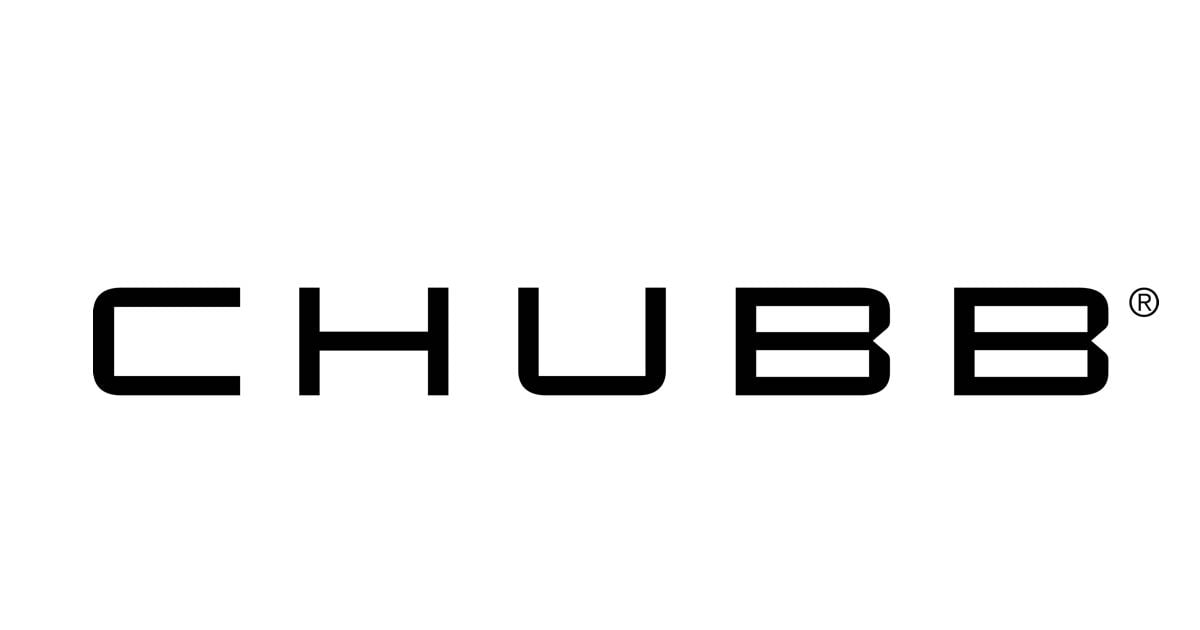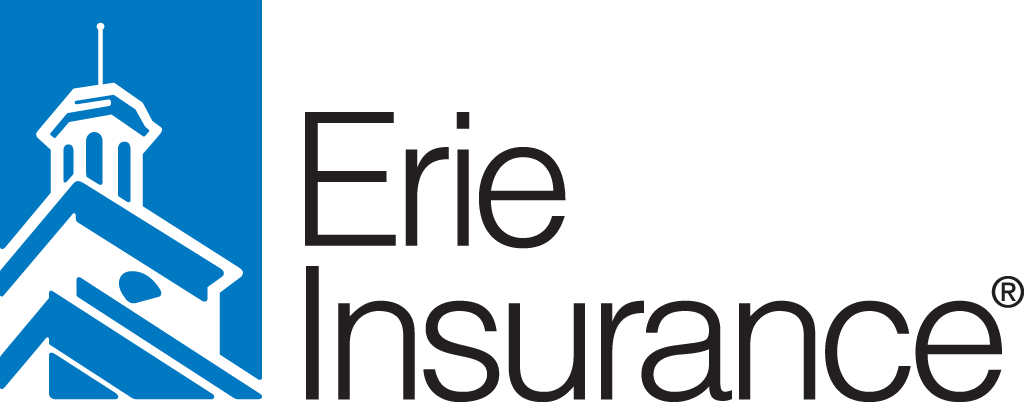Key takeaways
Chubb, NJM and USAA received the highest ratings in our analysis of home insurers in Pennsylvania.
Allstate is the best cheap insurer in Pennsylvania, with a star rating of 4.5 and an average annual premium of $1,370.
Chubb, NJM and USAA are the best home insurance companies in Pennsylvania, according to our analysis.
To help you find the best home insurance in Pennsylvania, we gathered and analyzed data from insurance companies across the state. These are the insurers that earned 4.5 stars or more.
Rates are based on a sample homeowner with no recent claims, $300,000 of dwelling coverage, $300,000 of liability coverage and a $1,000 deductible.
Company | NerdWallet star rating | Average annual rate |
|---|---|---|
Not available | ||
Not available | ||
Not available | ||
Not available | ||
$1,410 | ||
$1,455 | ||
$1,370 | ||
Not available | ||
USAA* | $1,365 | |
*USAA membership is open only to active military, veterans, some federal employees and their families. | ||
Get home insurance quotes in minutes
Answer a few questions to see custom quotes and find the right policy for you.The best home insurance companies in Pennsylvania
Below are more details about the best homeowners insurance companies in Pennsylvania.
Note: Some insurance companies included in this article may have made changes in their underwriting practices and no longer issue new policies in your state.

Chubb
- Far fewer consumer complaints than expected for a company of its size.
- Standard coverage includes features that many companies offer only as extras.
- Perks to help you protect your home.
- Most consumers can't get a quote online and will instead need to contact a local agent.
Chubb caters to affluent homeowners, offering coverage other insurers often charge extra for. The company’s policies include broader coverage for the structure of your home and your belongings than what’s offered by many other insurers. Chubb’s standard policies also cover water damage from backed-up sewers and drains.
Policyholders with secondary or seasonal homes in Pennsylvania are eligible for the company’s Property Manager service at no charge. With this service, a Chubb representative will check your home after a hurricane, report its condition to you and help prevent further damage. They can also submit a claim on your behalf.
» READ MORE: Chubb homeowners insurance review

NJM
- Includes coverage other companies charge extra for.
- Very low rate of consumer complaints.
- Many extra coverage options available.
- No app to manage your policy.
NJM’s standard home insurance includes coverage that often costs extra from other insurers. For example, NJM will pay the full cost to rebuild your home even if it’s more than your dwelling limit. (Not all companies offer this, and even fewer include it with standard policies.) It will also pay enough for you to buy brand-new replacements for your belongings if they’re stolen or destroyed.
On top of its robust coverage options, NJM stands out for customer service. It gets far fewer complaints than expected according to the National Association of Insurance Commissioners. This suggests NJM’s customers are happy with the service they receive.
» READ MORE: NJM homeowners insurance review

Amica
- High customer satisfaction ratings and low consumer complaints.
- Platinum Choice package offers extra coverage.
- Dividend policies can return a portion of your premiums.
- You can start a quote online but may have to finish the buying process by phone.
Amica shines when it comes to customer service. It receives far fewer complaints compared to other insurers, according to the NAIC. Amica also earned high marks in two recent J.D. Power surveys about home insurance and customer satisfaction.
The company stands out for its broad range of coverage options. For example, you can customize your policy with extra coverage above your dwelling limit. You can also add coverage for identity theft or damage from backed-up drains.
» READ MORE: Amica homeowners insurance review

Cincinnati Insurance
- Various coverage options.
- Far fewer complaints than expected for a company of its size.
- Coverage available for higher-value homes.
- No online quotes.
- Very little information on website.
If you want to support companies that value sustainability, you may want to consider Cincinnati Insurance. In recent years, the insurer has cut fossil fuel emissions from both its facilities and company vehicles. When you buy Cincinnati home insurance, you may be able to add a “green upgrade” endorsement. With this coverage, you can use eco-friendly materials to repair or rebuild your home after a claim.
The company offers lots of other options, including comprehensive coverage for high-value homes. You may be able to add coverage for things like identity theft, personal cyber attacks or certain types of water damage.
» READ MORE: Cincinnati homeowners insurance review
State Farm
- User-friendly website.
- Agents offer personalized service.
- Policies generally include extra coverage for your home’s structure.
- Below average for claim satisfaction in a recent J.D. Power study.
State Farm’s policies stand out for generally including extra dwelling coverage in case it costs more than expected to rebuild your home.
State Farm offers a long list of coverage options for things like identity theft and water damage from backed-up drains. Another option may be to add an inflation guard rider to your policy. This automatically increases your policy limits to keep up with rising costs.
State Farm offers a free Ting smart plug to home insurance policyholders as a perk. This device monitors your home’s electrical network to help prevent fires.
» READ MORE: State Farm homeowners insurance review

Erie
- Policies may include guaranteed replacement cost coverage.
- Receives fewer complaints than expected for a company of its size.
- High customer satisfaction ratings in recent J.D. Power studies.
- No online quotes.
Erie’s standard policies include guaranteed replacement cost coverage for the structure of your home in most of the states it covers. With this coverage, the company will pay to rebuild your home completely after a disaster, even if the amount exceeds your dwelling limit. Many insurers don’t offer this at all, even as an option.
If you bundle your home and auto insurance with Erie, you could get a discount of 15% or more. You may also be able to save on your premium if your home has safety and security features such as smoke alarms or sprinkler systems.
» READ MORE: Erie homeowners insurance review
Allstate
- Lots of discounts to help you save.
- Home-sharing coverage available.
- Many ways to customize your coverage.
- Ranked below average for consumer satisfaction in recent J.D. Power studies.
Allstate offers lots of ways to customize your policy, including replacement cost coverage for your personal property and coverage for water damage caused by backed-up drains. Other options may include home-sharing coverage and reimbursement for replacing damaged items with energy-efficient versions.
You may be able to upgrade your policy with the Enhanced Package. One benefit of this package is Deductible Rewards, which takes $100 off your deductible when you sign up, plus an additional $100 off for each year you go without filing a claim. If you do file a claim, your rates won’t go up.
» READ MORE: Allstate homeowners insurance review

Openly
- Policies typically include guaranteed replacement cost coverage for your home's structure.
- Broad coverage for personal belongings.
- No restricted dog breeds.
- No online quotes.
Openly’s standard homeowners policy goes significantly beyond those of many other insurers. Most notably, it offers guaranteed replacement cost coverage for the structure of your home. That means if your house is destroyed by a covered disaster, Openly will pay whatever it takes to rebuild it the way it was before.
Unlike many other insurers, Openly doesn’t have dog breed restrictions that could affect your ability to get liability coverage. It may also be a good bet for homeowners with collections of jewelry or other valuables, with up to $100,000 of blanket coverage available for these items.
» READ MORE: Openly homeowners insurance review

USAA
- Policies include standard coverage that often costs extra elsewhere.
- Fewer customer complaints to state regulators than expected for a company of its size.
- Perks for military homeowners.
- Available only to active military members, veterans, some federal employees and their families.
USAA sells homeowners insurance to active military members, veterans, some federal employees and their families. If that’s you, you may want to consider USAA. The company offers some perks that are specific to members of the military, like deductible-free coverage for military uniforms and equipment.
USAA homeowners insurance has certain features that many insurers charge extra for. For example, USAA covers your personal belongings on a replacement cost basis. That means you’ll get enough money to buy brand-new replacements for damaged items. Many companies pay only what your items are worth at the time of the claim.
» READ MORE: USAA homeowners insurance review
- See all NerdWallet home insurance reviews
How much does homeowners insurance cost in Pennsylvania?
The average annual cost of home insurance in Pennsylvania is $1,440, compared to the national average of $2,110.
In most U.S. states, including Pennsylvania, many insurers use your credit-based insurance score to help set rates. Your insurance score is similar but not identical to your traditional credit score.
In Pennsylvania, those with poor credit pay an average of $2,915 per year for homeowners insurance, according to NerdWallet’s rate analysis. That’s more than twice as much as those with good credit.
Average cost of homeowners insurance in Pennsylvania by city
The cost of home insurance in Pennsylvania varies based on where you live within the state. For example, the average cost of homeowners insurance in Philadelphia is $2,155 per year, while Pittsburgh homeowners pay $1,410 per year, on average.
City | Average annual rate | Average monthly rate |
|---|---|---|
Allentown | $1,315 | $110 |
Altoona | $1,290 | $108 |
Bethlehem | $1,340 | $112 |
Carlisle | $1,330 | $111 |
Chambersburg | $1,330 | $111 |
Easton | $1,375 | $115 |
Erie | $1,430 | $119 |
Greensburg | $1,430 | $119 |
Harrisburg | $1,275 | $106 |
Johnstown | $1,410 | $118 |
Lancaster | $1,310 | $109 |
Lansdale | $1,390 | $116 |
Lebanon | $1,270 | $106 |
Levittown | $1,695 | $141 |
Mechanicsburg | $1,325 | $110 |
Norristown | $1,480 | $123 |
Philadelphia | $2,155 | $180 |
Pittsburgh | $1,410 | $118 |
Pottstown | $1,400 | $117 |
Reading | $1,325 | $110 |
Scranton | $1,410 | $118 |
State College | $1,285 | $107 |
West Chester | $1,430 | $119 |
Wilkes Barre | $1,365 | $114 |
York | $1,340 | $112 |
The cheapest homeowners insurance in Pennsylvania
Below are companies with average annual rates below the state average of $1,440.
Company | NerdWallet star rating | Average annual rate |
|---|---|---|
Cumberland Mutual | Not rated | $655 |
Selective | Not rated | $960 |
Penn National | Not rated | $1,210 |
$1,370 | ||
$1,410 | ||
USAA* | $1,365 | |
*USAA membership is open only to active military, veterans, some federal employees and their families. | ||
Common risks for Pennsylvania homeowners
Here are a few things to keep in mind when looking for home insurance in Pennsylvania.
Flooding
Flooding is the most common disaster in the state, according to the Pennsylvania Emergency Management Agency. Homeowners insurance usually doesn’t cover flood damage, so you may want to buy flood insurance. (If you live in a high-risk area and have a mortgage, your lender may require it.)
To check your flood risk, start by looking up your address on the Federal Emergency Management Agency's flood maps. However, FEMA’s maps don’t always capture all types of flood risk. You may want to check another source, like First Street, a private company that models climate hazards. Enter your address at the top of the page to see your home’s flood risk rating on a scale of 1 to 10.
Winter storms
Snow, sleet, ice and freezing rain can lead to burst pipes and fallen trees, which can damage your home. Most homeowners insurance policies will cover damage caused by snow and ice, with certain restrictions. For instance, if a blizzard knocks a tree on your home, the damage would likely be covered. But if the tree fell onto the lawn, your insurer likely will not cover the cost of hauling it away.
Your policy will generally cover damage caused by frozen pipes as long as you’ve taken reasonable precautions. Say you leave your thermostat at 50 degrees while you’re out of town for a week, causing a pipe to freeze and burst. Your insurance company might refuse to pay for the damage because you didn’t keep your home warm enough to prevent pipes from freezing.
Tropical storms and tornadoes
Homeowners insurance usually covers wind damage, but some policies may have a separate deductible for hurricanes, tropical storms or “named storms.”
This deductible is a percentage of your home's insured value rather than a flat dollar amount. So if your home is insured for $300,000 with a 5% deductible, you’ll have to pay for the first $15,000 of damage from a storm.
Get home insurance quotes in minutes
Answer a few questions to see custom quotes and find the right policy for you.Pennsylvania department of insurance
If you’ve got a question about your policy or a complaint about your insurer, the Pennsylvania Insurance Department may be able to help. You can use the agency’s website to file complaints, look up licensed agents and learn about homeowners insurance in multiple languages. You can contact the department with questions at 877-881-6388.
How we rate homeowners insurance
NerdWallet’s star ratings reward companies for consumer-first features and practices. We evaluate factors such as consumer experience, coverage, discounts and financial strength.
In our research, we analyzed:
More than 270 million homeowners insurance rates.
More than 100 insurance companies.
Nearly 200 homeowner profiles.
View our complete homeowners insurance rating methodology.
- Find home insurance in other states
Frequently asked questions
Is homeowners insurance required in Pennsylvania?
Is homeowners insurance required in Pennsylvania?
Homeowners insurance isn't legally required in Pennsylvania. However, if you have a mortgage, your lender will likely require you to buy home insurance. For more information, read Is Homeowners Insurance Required?
Can my homeowners insurance company drop me if I have too many claims?
Can my homeowners insurance company drop me if I have too many claims?
In Pennsylvania, an insurance company can’t cancel your homeowners insurance policy based on your claims history. (However, it can cancel your policy if you don't pay your premium on time.)
How much is homeowners insurance per month in Pennsylvania?
How much is homeowners insurance per month in Pennsylvania?
The average cost of home insurance in Pennsylvania is $1,440 a year, which works out to about $120 per month, according to NerdWallet’s rate analysis. Your own rate may vary depending on where you live and how much coverage you need.
Article sources
NerdWallet writers are subject matter authorities who use primary, trustworthy sources to inform their work, including peer-reviewed studies, government websites, academic research and interviews with industry experts. All content is fact-checked for accuracy, timeliness and relevance. You can learn more about NerdWallet's high standards for journalism by reading our editorial guidelines.
- 1.Ready.PA.gov. Most Likely Emergencies in Pennsylvania. Accessed Oct 1, 2025.
Star rating methodology
NerdWallet’s homeowners insurance ratings reward companies for customer-first features and practices. Ratings are based on weighted averages of scores in several categories, including financial strength, consumer complaints, coverage, discounts, claims process and website functionality. These ratings are a guide, but we encourage you to shop around and compare several insurance quotes to find the best rate for you. NerdWallet does not receive compensation for any reviews or star ratings.
Here’s how we weighted each category to come up with our list of the best home insurance companies:
Consumer experience (40%).
Financial strength (30%).
Coverage (25%).
Discounts (5%).
Read our full home insurance ratings methodology for more details.
Homeowners insurance rates methodology
NerdWallet calculated median rates for 40-year-old homeowners from various insurance companies in the 25 largest cities in each U.S. state by population. All rates are rounded to the nearest $5.
Sample homeowners were nonsmokers with good credit living in a single-family, two-story home built in 1984. They had a $1,000 deductible and the following coverage limits:
$300,000 in dwelling coverage.
$30,000 in other structures coverage.
$150,000 in personal property coverage.
$60,000 in loss of use coverage.
$300,000 in liability coverage.
$1,000 in medical payments coverage.
We made minor changes to the sample policy in cases where rates for the above coverage limits or deductibles weren’t available.
In states where credit is a rating factor, we changed the credit tier from “good” to “poor,” as reported to the insurer, to see rates for homeowners with poor credit.
These are sample rates generated through Quadrant Information Services. Your own rates will be different.
Complaint methodology
NerdWallet examined complaints received by state insurance regulators and reported to the National Association of Insurance Commissioners in 2022-2024. To assess how insurers compare with one another, the NAIC calculates a complaint index each year for each subsidiary, measuring its share of total complaints relative to its size, or share of total premiums in the industry. To evaluate a company’s complaint history, NerdWallet calculated a similar index for each insurer, weighted by market shares of each subsidiary, over the three-year period.
NerdWallet conducts its data analysis and reaches conclusions independently and without the endorsement of the NAIC. Ratios are determined separately for auto, home (including renters and condo) and life insurance.

